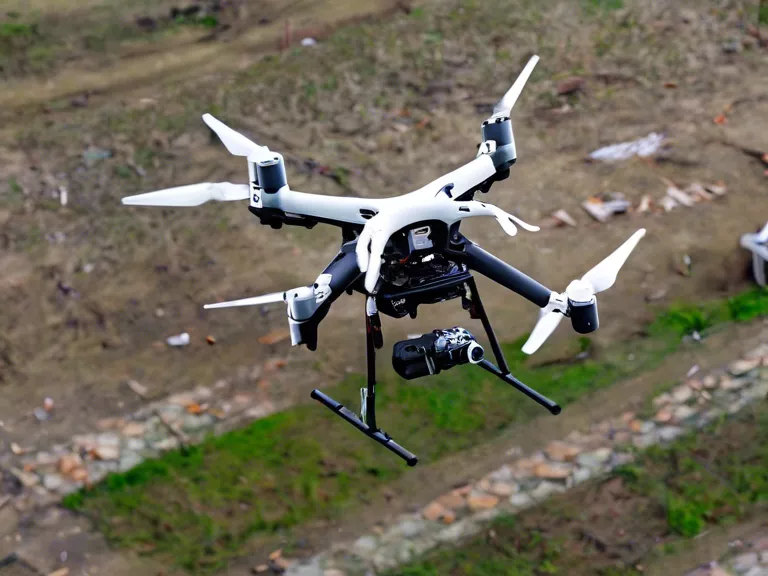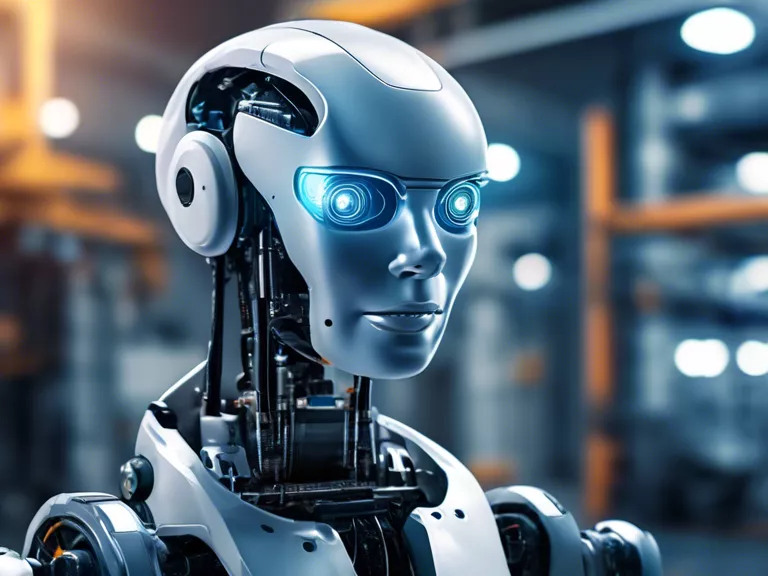
Exoskeletons have revolutionized the way workers can safely perform heavy lifting tasks in various industries. These robotic devices provide support to the wearer's muscles and joints, reducing the risk of strain and injury. From construction sites to warehouses, exoskeletons are improving worker safety and productivity.
One of the key benefits of exoskeletons is their ability to assist workers in lifting heavy objects without putting excessive strain on their bodies. By distributing the weight more evenly and providing additional support, exoskeletons can help prevent overexertion and musculoskeletal injuries. This is particularly important in industries where workers are required to lift heavy loads on a regular basis, such as construction, manufacturing, and logistics.
Exoskeletons come in a variety of designs, ranging from full-body suits to wearable devices that focus on specific body parts. Some exoskeletons are passive, providing support without the need for power, while others are powered and can actively assist with lifting and carrying tasks. The choice of exoskeleton depends on the specific needs of the user and the type of work they are performing.
In addition to reducing the risk of injuries, exoskeletons can also improve worker productivity by allowing them to work more efficiently and comfortably. Workers who use exoskeletons report less fatigue and discomfort, enabling them to focus on their tasks and perform at their best. This not only benefits individual workers but also contributes to the overall efficiency of the workplace.
Overall, exoskeletons are proving to be a valuable tool for enhancing worker safety and performance in industries that involve heavy lifting. As technology continues to advance, we can expect to see even more innovative exoskeleton designs that further improve the ergonomics and effectiveness of these devices.



